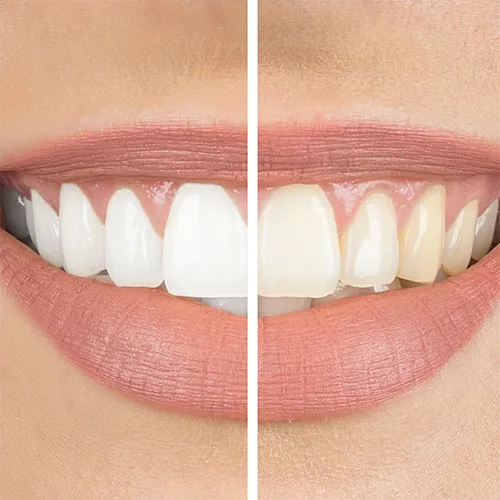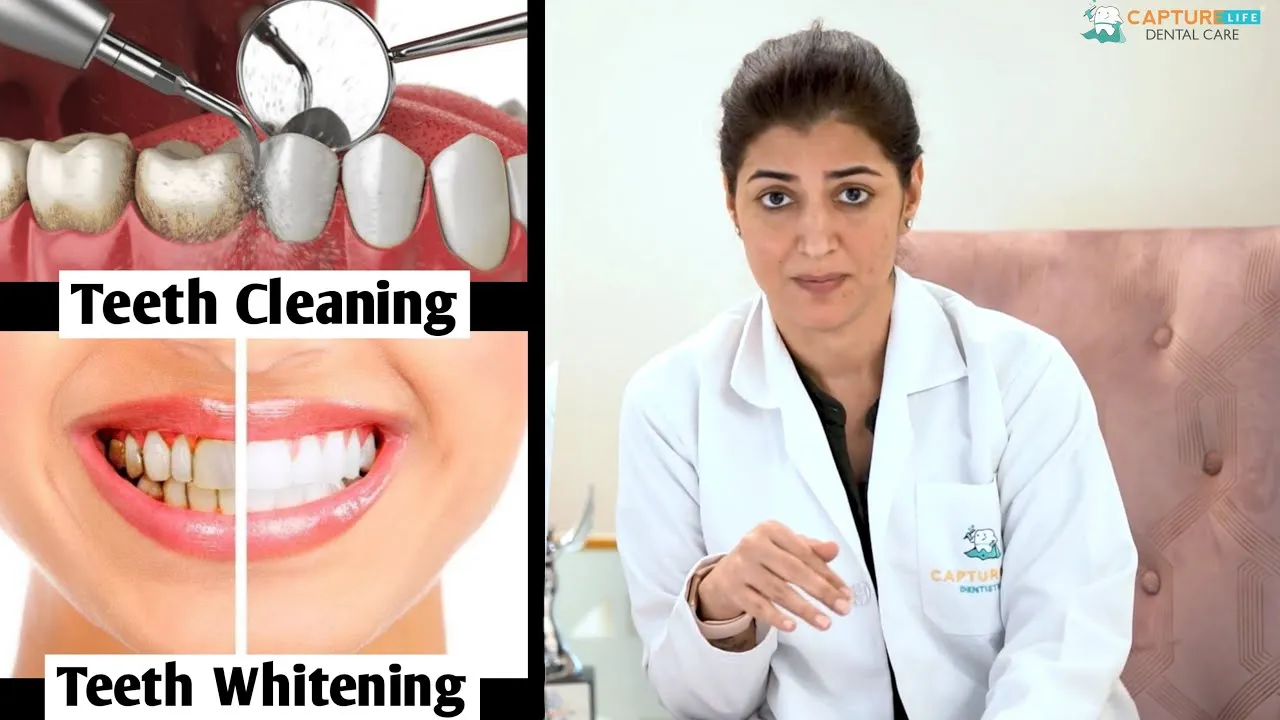Teeth Cleaning vs Whitening What’s the Difference?
Understanding the nuances between teeth cleaning and teeth whitening is crucial for maintaining optimal oral health and achieving a bright, confident smile. While both procedures are performed by dental professionals, they serve distinct purposes and address different aspects of dental care. Teeth cleaning, also known as prophylaxis, focuses on removing plaque and tartar buildup, which are the primary culprits behind gum disease and cavities. On the other hand, teeth whitening, or bleaching, is a cosmetic procedure aimed at improving the shade of your teeth, addressing discoloration, and enhancing their overall appearance. Knowing the difference between these two procedures will help you make informed decisions about your dental care needs, ensuring you receive the most appropriate treatment for your specific concerns.
Teeth Cleaning vs Whitening Removing Plaque and Tartar
Teeth cleaning is primarily concerned with the removal of plaque and tartar, two substances that pose significant threats to your oral health. Plaque, a sticky film of bacteria, constantly forms on your teeth and, if not removed through regular brushing and flossing, hardens into tartar (also known as calculus). Tartar is a rough, porous substance that not only discolors your teeth but also provides a haven for bacteria, leading to inflammation of the gums (gingivitis) and, if left untreated, more severe gum disease (periodontitis). During a teeth cleaning, a dental hygienist uses specialized instruments, such as a scaler, to meticulously remove plaque and tartar from the surface of your teeth and below the gumline, effectively eliminating the harmful bacteria and promoting healthier gums.
Why Teeth Cleaning is Essential

Regular teeth cleaning is a cornerstone of preventive dental care, playing a pivotal role in maintaining overall oral health. By removing plaque and tartar, teeth cleaning helps prevent the development of cavities, gum disease, and bad breath. Even with diligent brushing and flossing at home, it can be challenging to reach every area of your mouth and effectively remove all the buildup. Professional teeth cleaning ensures a thorough cleansing, reaching those hard-to-access areas and eliminating any lingering bacteria. Furthermore, during a cleaning, your dentist or hygienist can identify early signs of dental problems, such as cavities or gum disease, allowing for timely intervention and preventing more serious complications. Regular teeth cleaning also helps maintain fresh breath and a healthy, confident smile.
The Process of Professional Teeth Cleaning
The process of professional teeth cleaning involves several key steps, each designed to thoroughly cleanse and protect your teeth. The procedure typically begins with a visual examination of your teeth and gums to assess your overall oral health. Next, the dental hygienist uses a scaler to remove plaque and tartar from your teeth, both above and below the gumline. This process is known as scaling and is essential for preventing gum disease. After scaling, your teeth are polished with a special paste to remove any remaining stains and create a smooth surface, making it more difficult for plaque to adhere. The final step often involves flossing to remove any debris between your teeth and fluoride treatment to strengthen your enamel and protect against cavities. This comprehensive approach ensures your teeth are clean, healthy, and protected.
Whitening vs Cleaning How It Works
Teeth whitening, unlike cleaning, is a cosmetic procedure aimed at improving the color of your teeth. The primary goal of teeth whitening is to lighten the shade of your teeth, addressing discoloration caused by factors such as aging, genetics, or the consumption of staining foods and beverages like coffee, tea, and red wine. Whitening products contain bleaching agents, typically hydrogen peroxide or carbamide peroxide, which penetrate the enamel and break down the stain-causing molecules, resulting in a brighter, more radiant smile. This process is effective for removing surface stains and also for lightening the intrinsic stains within the tooth structure. Depending on the method used, teeth whitening can be done in a dental office (professional whitening) or at home using custom-fitted trays and bleaching gel provided by your dentist (at-home whitening), or over the counter products.
Teeth Whitening Explained

Teeth whitening is a popular cosmetic dental procedure that focuses on improving the appearance of your smile by lightening the shade of your teeth. The effectiveness of teeth whitening depends on the type and cause of the discoloration. Surface stains, caused by external factors like coffee or smoking, are generally easier to address with whitening treatments than intrinsic stains, which originate from within the tooth structure. The active ingredient in most whitening products is a bleaching agent, typically hydrogen peroxide or carbamide peroxide, which breaks down stain-causing molecules. The process of whitening can vary, but the core principle involves the bleaching agent penetrating the enamel and dentin to remove discoloration. Results can vary depending on the individual and the type of whitening method used, but many people experience significant improvement in the brightness of their smile.
Different Types of Teeth Whitening
Several types of teeth whitening options are available, each with its own set of advantages and considerations. Professional in-office whitening offers the fastest results, often achieving significant whitening in a single visit. This method involves the application of a high-concentration bleaching agent by a dental professional, combined with special light or laser activation to accelerate the process. At-home whitening kits, prescribed by your dentist, involve custom-fitted trays and a lower-concentration bleaching gel, providing more gradual results over several weeks. Over-the-counter whitening products, such as whitening strips and toothpastes, are also available, but they typically contain lower concentrations of bleaching agents and may offer less dramatic results. The best option for you depends on your individual needs, preferences, and the severity of your tooth discoloration. Consulting with your dentist is crucial to determine the most suitable whitening approach for your smile.
Teeth Cleaning vs Whitening Cost Considerations
The cost of teeth cleaning and teeth whitening varies depending on several factors, including your geographic location, the specific services provided, and the type of whitening procedure chosen. Teeth cleaning is generally a more affordable procedure, as it is a routine part of preventive dental care. The cost typically covers the removal of plaque and tartar, polishing, and a fluoride treatment. Teeth whitening, being a cosmetic procedure, often has a higher price tag. In-office whitening is usually more expensive than at-home whitening options due to the higher concentration of bleaching agents and the professional expertise involved. When considering the cost, it is important to factor in not only the initial expense but also the long-term value in terms of your oral health and the enhanced appearance of your smile. Always discuss the costs with your dentist or hygienist beforehand to ensure you understand the financial implications and the payment options available.
Teeth Cleaning vs Whitening Which One Is Right?

Determining whether you need teeth cleaning, teeth whitening, or both, depends on your individual oral health goals and the condition of your teeth. If your primary concern is preventing gum disease, cavities, and maintaining overall oral health, then regular teeth cleaning is essential. A thorough cleaning removes plaque and tartar, which are the main contributors to these problems. If you are satisfied with the health of your teeth but desire a brighter, more aesthetically pleasing smile, then teeth whitening might be the right choice. In some cases, both procedures can be beneficial. For instance, you might opt for a teeth cleaning to ensure your teeth are healthy and free of plaque before undergoing a teeth whitening treatment to achieve optimal results. Consulting with your dentist will help you determine the best course of action based on your unique needs and preferences.
When to Choose Teeth Cleaning
Teeth cleaning should be a regular part of your oral hygiene routine, typically recommended every six months, or more frequently if you have a history of gum disease or other dental issues. Choose teeth cleaning if you experience symptoms like bleeding gums, bad breath, or tooth sensitivity. It’s also crucial for removing plaque and tartar buildup, which brushing and flossing alone cannot fully eliminate. Even if you don’t have noticeable symptoms, regular cleanings are essential for preventing dental problems before they arise. The dentist or hygienist will also check for cavities and other issues during the cleaning. If you have any fillings, crowns or implants, professional cleaning is important to ensure their longevity and maintenance. Ultimately, teeth cleaning is a fundamental aspect of maintaining a healthy mouth and a confident smile.
When to Choose Teeth Whitening
Teeth whitening is an excellent option for those looking to enhance the aesthetic appeal of their smile. If you are bothered by tooth discoloration, whether caused by aging, genetics, or the consumption of staining foods and beverages, teeth whitening might be the right choice. If you have a special event coming up, like a wedding or important presentation, whitening can provide a quick boost to your confidence. Teeth whitening is most effective for removing surface stains, such as those caused by coffee, tea, or tobacco. It is also good to know the potential limitations. Teeth whitening is not a permanent solution and may require touch-ups over time. Be sure to consult with your dentist, especially if you have sensitive teeth or existing dental work, as these factors can impact the whitening process and the results you achieve.
